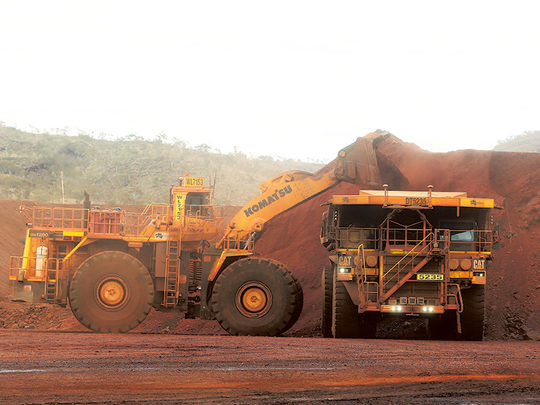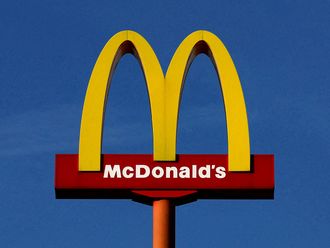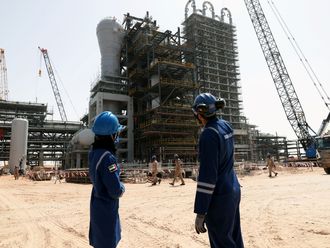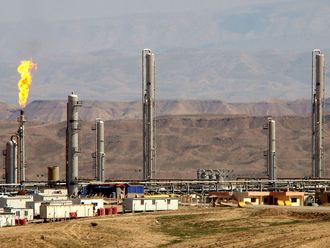
Singapore: Iron ore is having a Groundhog Day moment. Prices that were pumped up on speculative enthusiasm are now headed for the biggest weekly drop in six months, echoing a sharp rise and tumble seen in April and May that was driven by a surge and fade in trading in China, the largest buyer.
“The government again is reacting and trying to put some limits,” Philip Kirchlechner, director of Iron Ore Research Pty and former marketing head at Fortescue Metals Group Ltd, said by phone on Friday, referring to moves by China to rein in trading of raw materials futures, including iron ore. “You’re looking at this really speculative inflow of money.”
Iron ore is retreating from the highest since 2014 as authorities in China raised trading charges to quell the spike in speculation in commodities, including iron, steel and coking coal. The upsurge in iron ore was given additional impetus as Donald Trump’s surprise victory in the US presidential contest last week spurred bets raw material demand would rise on the Republican’s pledge to rebuild US infrastructure. That effect is waning, too.
“Don’t forget that most of the steel production in the US is from electric-arc furnaces, not blast furnaces: their use of iron ore is relatively limited,” said Kirchlechner, referring to making steel from scrap rather than ore. “The Trump victory is only a factor to the extent of the psychological impact.”
Ore with 62 per cent content delivered to Qingdao has sunk 7.8 per cent this week to $73.55 a dry metric ton as of Thursday, according to Metal Bulletin Ltd On Friday, the SGX AsiaClear contract retreated as much as 3.6 per cent, while futures in Dalian fell 4.5 per cent, signalling further losses in the spot price.
BHP’s View
This week’s losses come as BHP Billiton Ltd, the world’s largest mining company, again highlighted its view that given expansions in supply, iron ore prices will probably trend lower. BHP Chief Executive Officer Andrew Mackenzie told reporters on Thursday iron and coking coal will probably “drift back” after prices were boosted by restocking and short-term supply disruptions.
The raw material has also dropped as the dollar jumped on speculation the Federal Reserve will raise interest rates as soon as next month. The Bloomberg Dollar Spot Index has rallied for the past two weeks to the highest level since February. A rising greenback makes commodities priced in the dollar more expensive for holders of other currencies.
In April, iron ore prices surged 23 per cent amid a speculative frenzy in China on signs demand in the Asia’s largest economy was more robust than expected. After banks warned the run-up was unjustified and local authorities stepped in to quell the excesses, prices sank 24 per cent in May.
“After Chinese exchanges took steps to suppress market speculation, there’s been a massive pullback” in prices, Fan Lu, an analyst at Sinosteel Futures Co., said in a note on Friday. “We expect the volatility in iron ore to prevail in the short term.”
Probably Peaked
Iron ore at current levels is good for the industry and has exceeded what many would have hoped for a few months ago, Ole Hansen, head of commodity strategy at Saxo Bank A/S, said in a Bloomberg TV interview on Thursday. Prices have probably peaked for now, according to Hansen.
Goldman Sachs Group Inc was among lenders that said the surge in iron and copper prices was too fast, and that gains would probably not prove to be lasting. Goldman said in a report on Nov. 11 iron ore and copper’s reaction to the Trump win was excessive.
Miners have been whipsawed with iron ore. Fortescue’s stock dropped 7.8 per cent in Sydney since Monday after soaring 19 per cent last week. BHP lost 3.4 per cent this week as Rio Tinto Group was down 3.7 per cent. The trio are Australia’s biggest suppliers and account for more than half of global exports.












